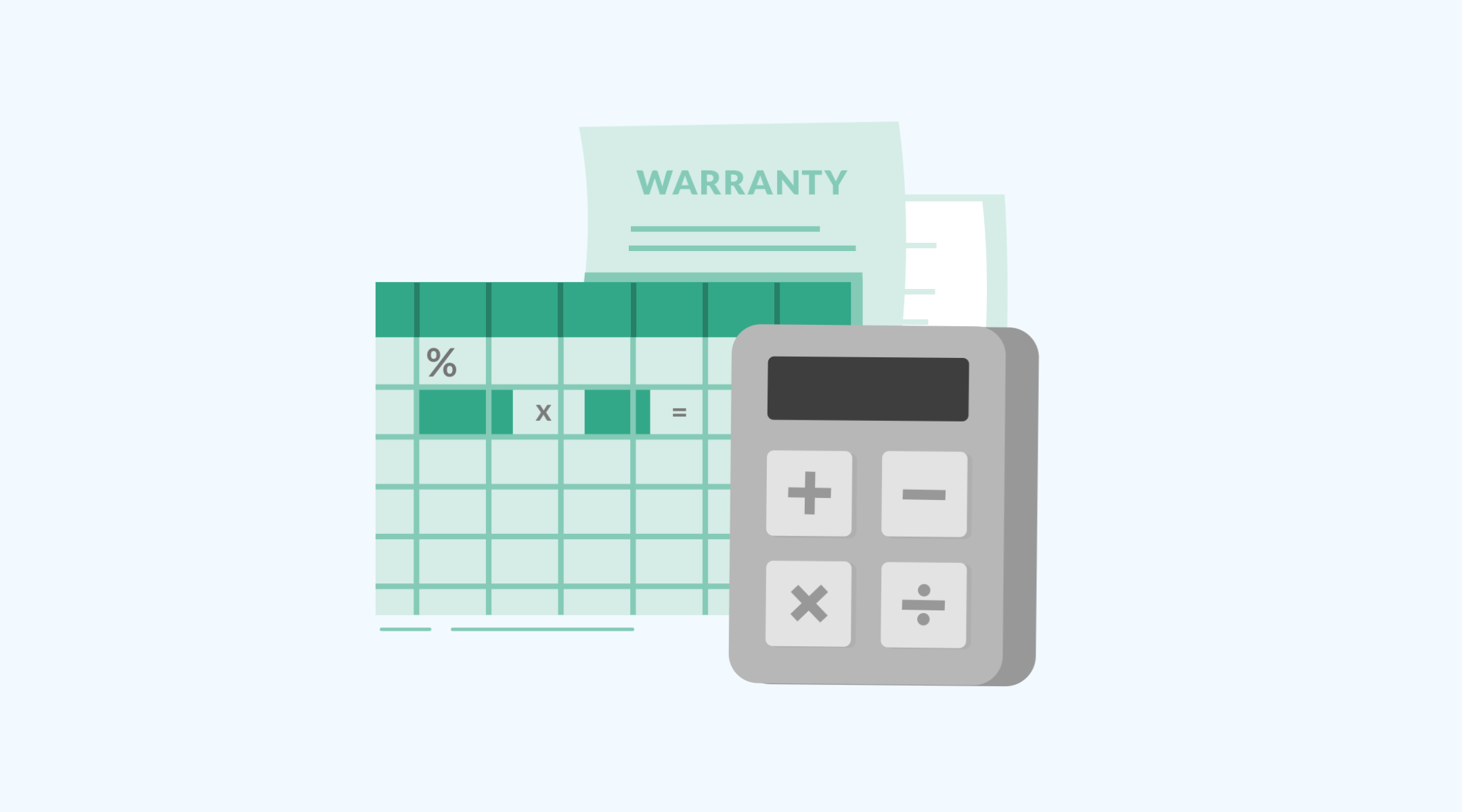Certain industries require equipment to be active and working for as long as realistically possible. So much so that even maintenance downtime has to be reduced to the bare minimum.
It’s a delicate balance of equipment uptime, maintenance impact, and cost-effectiveness. Fall too far in one direction and the others suffer.
What is predictive maintenance?
Predictive Maintenance (PdM) is a maintenance strategy that relies on collecting sensor measurements, calculating future performance, and then scheduling the actual maintenance work to take place at a time it would provide the most benefit for the least amount of cost or downtime.
IoT-capable sensors and condition monitoring equipment are often used in conjunction with predictive maintenance because they provide accurate live data. Predictive maintenance practitioners often use fleet maintenance software to monitors conditions and tracks maintenance schedules. Purchasing and installing these sensors and software might increase the up-front cost of maintenance, but this is more than compensated for in other areas.
There is a high emphasis on the “predictive” aspect of PdM. It uses a combination of actual sensor data and formulas to calculate the ideal time for the maintenance to be performed. This is in comparison to condition-based maintenance, which also relies on sensor data but is slightly more reactive because it’s only scheduled once parameters have actually been exceeded.
What are the practical benefits of predictive maintenance?
As mentioned above, predictive maintenance does require some up-front investment in terms of hardware, software, and personnel training. But the benefits far outweigh the initial upfront costs:
- Lower maintenance costs. Companies spend less on parts because you’re only replacing parts as needed, not as part of a schedule. Fewer maintenance cycles means less labor, too.
- Increase asset uptime. Fewer maintenance cycles means equipment can run longer, of course. But because the maintenance is predicted in advance, the facility can schedule work around the maintenance appointment and further reduce its impact on the production timeline. Or, if the equipment does need to be shut down, it will only be shut down for a relatively short amount of time.
- Eliminate unexpected breakdowns. Don’t fall prey to surprise breakdowns and failures brought on by reactive maintenance. Tackle problems before they even arise.
- Improve customer satisfaction. Fewer interruptions in service and better-performing machines will help improve the customer experience. Because equipment is maintained prior to actual breakage, customers may not even notice any problems at all.
How do I apply predictive maintenance in my own organization?
Now that you understand the value of predictive maintenance, let’s discuss how we can effectively implement it within your organization.
Before we begin, you should know that predictive maintenance rewards accuracy and due diligence. The more you invest in predictive maintenance upfront, and the more thorough you are in calculating future maintenance cycles, the bigger the benefits you will receive.
Invest in proper measuring equipment
A predictive maintenance strategy is only as good as the data it collects. As such, you will want to know the various types of condition monitoring devices available, the kind of parameters they test for, and what applies best to the equipment in question.
The most common parameters being tested include:
Temperature. Sensors locate components whose temperatures fall out of the recommended range. High temperatures could indicate loose or worn wiring in electrical equipment, while excessively cold temperatures could indicate faulty refrigerant valves or insulation problems.
Oil and lubricants. Most heavy-duty machinery requires lubrication of some sort. Oil sensors test the quality of the oil for particulates and sediments to indicate machine wear or oil levels to indicate whether or not the system needs additional lubrication.
Vibration. Vibration sensors detect the rapid back-and-forth motion of any machine. There would be a baseline level of acceptable vibration (as determined by normal operations), with the sensor displaying any vibration that falls outside the recommended amount or direction.
Noise. Many machines generate loud sounds as they operate, some of which is so high that it requires workers to have ear protection. Noise sensors track the noise generated by equipment and can alert personnel when it reaches levels that would cause physical injury.
Pressure. Equipment with pneumatic or hydraulic components can cause injury and damage if the pressure reaches excessively high levels. Low pressure, on the other hand, can indicate leaks somewhere in the system or some other similar problem that directly impacts the performance of the unit.
Once you’ve decided on the type of conditional monitoring equipment required, you should also decide whether or not you want it to be IoT-capable. Manual valves and gauges are perfectly functional and have served the purpose for centuries, but a connected device allows you to view all data from a central location in real-time, which is critical for handling emergency situations.
Most IoT-capable devices also allow you to automatically collect and log data in a database for easier storage, reference and reporting, which is vitally important for calculating formulas in predictive maintenance.
Design an accurate predictive maintenance algorithm
The algorithm is what will determine the success or failure of your predictive maintenance program. It will be responsible for calculating the correct maintenance timeline based on your equipment’s current state.
Creating a useful (and accurate) maintenance algorithm is a highly complex and demanding process best handled by trained specialists. Some of the required tasks for predictive maintenance algorithm design include:
- Establishing parameters for baseline operations
- Creating detection and prediction models
- Processing system data
- Deploying the algorithm
It’s highly recommended that you consult licensed experts in this field or work with dedicated software solutions to develop your predictive maintenance algorithm.
Invest in proper training
As you start implementing your new predictive maintenance strategy, remember the human element. It’s not enough for your maintenance staff to know how to replace a part. To be compliant with predictive maintenance best practices, they need to be familiar with subjects like:
- Ultrasonics
- Vibration
- Thermography
- Machinery oil analysis
- Predictive analysis software
In summary
Predictive maintenance can make a tremendous impact on your company if done right. With the right investment in equipment and training, you’ll be able to drastically reduce maintenance costs while maintaining (or even improving) equipment uptime.







